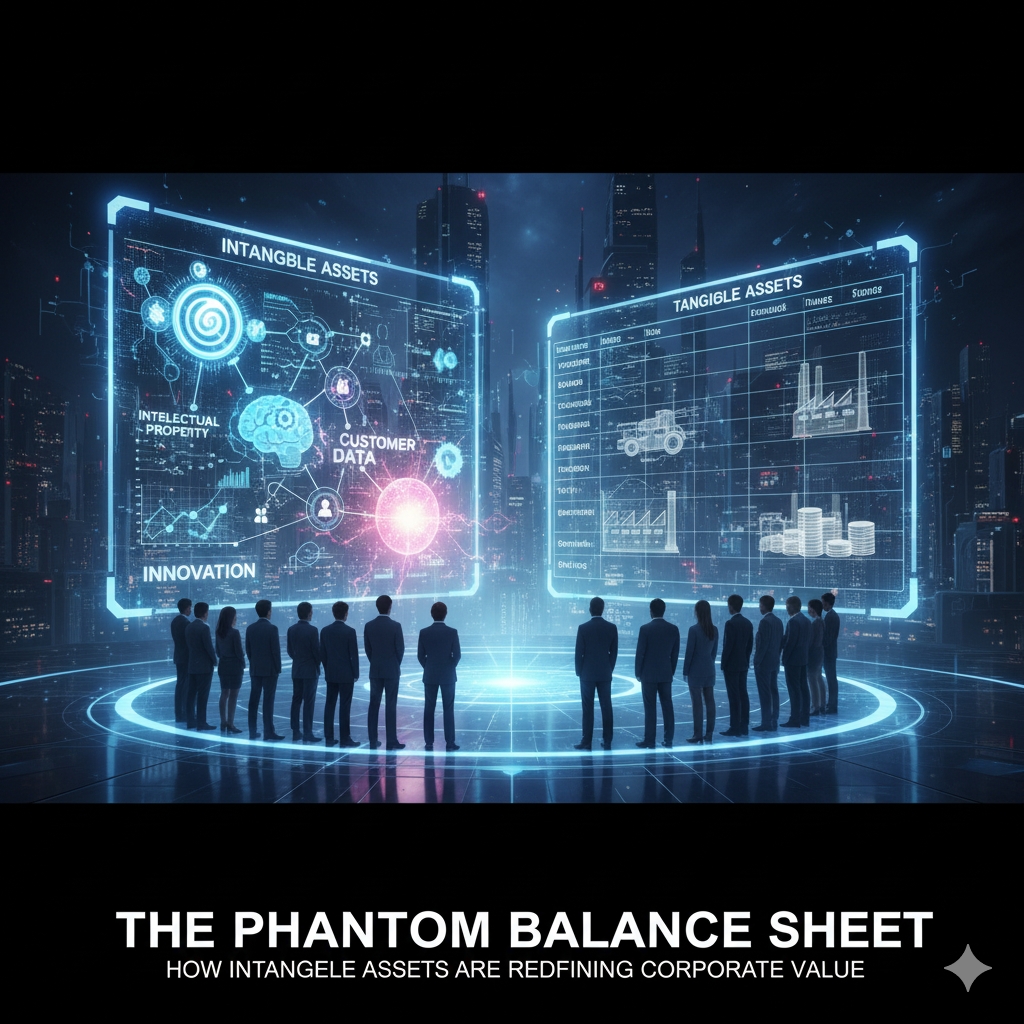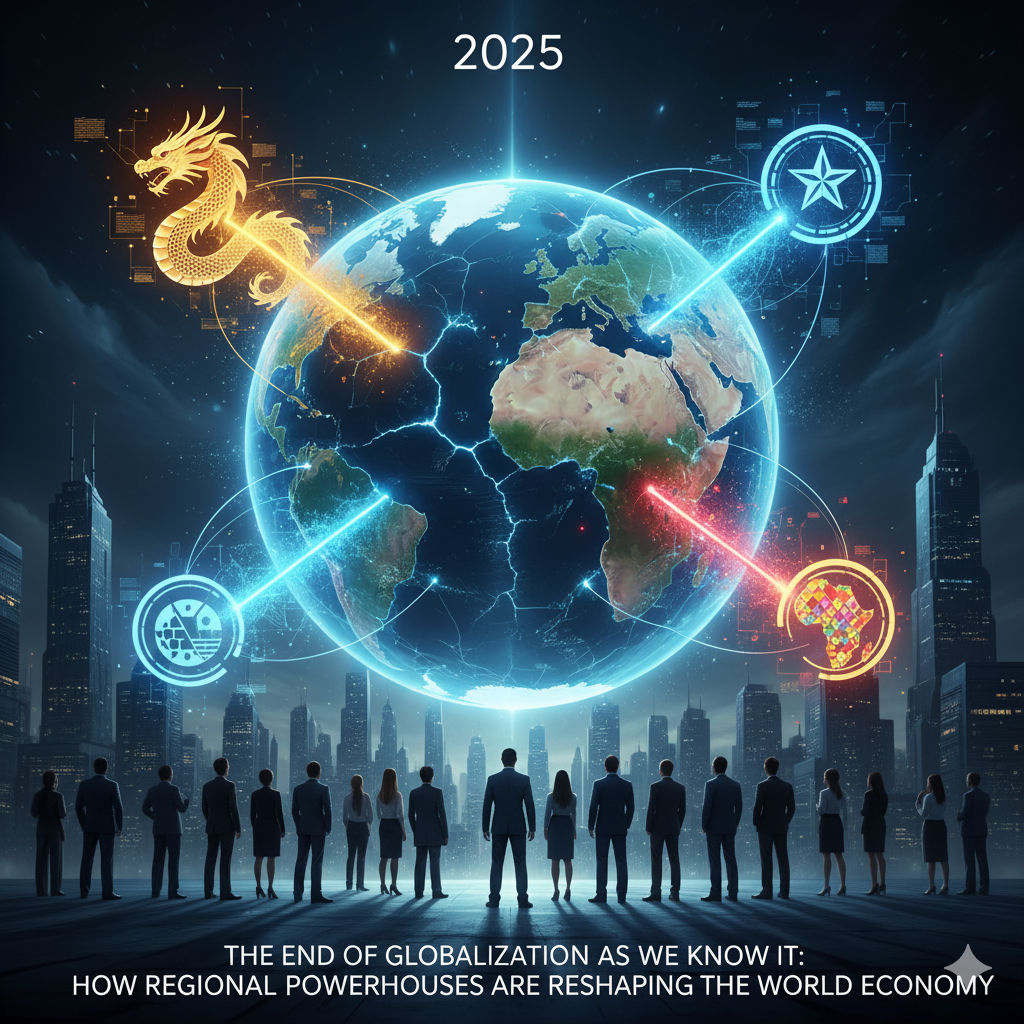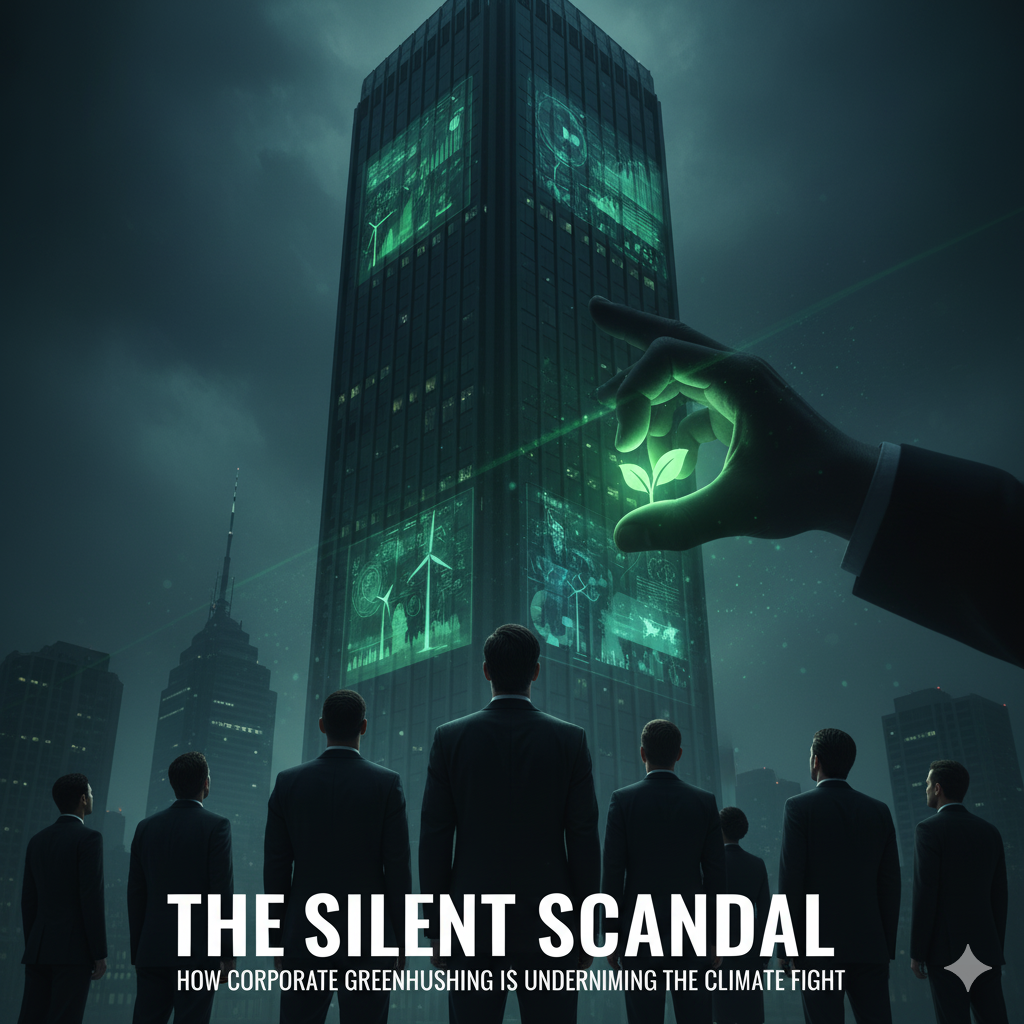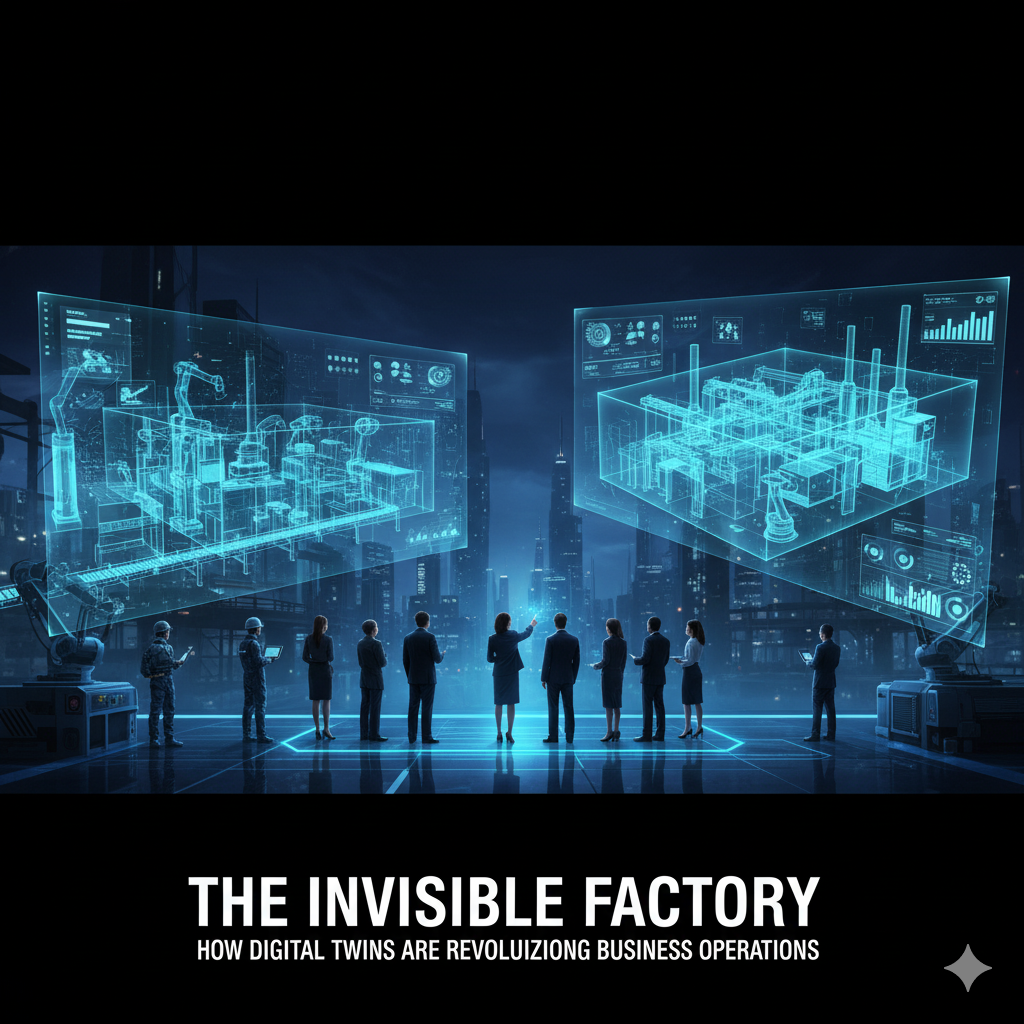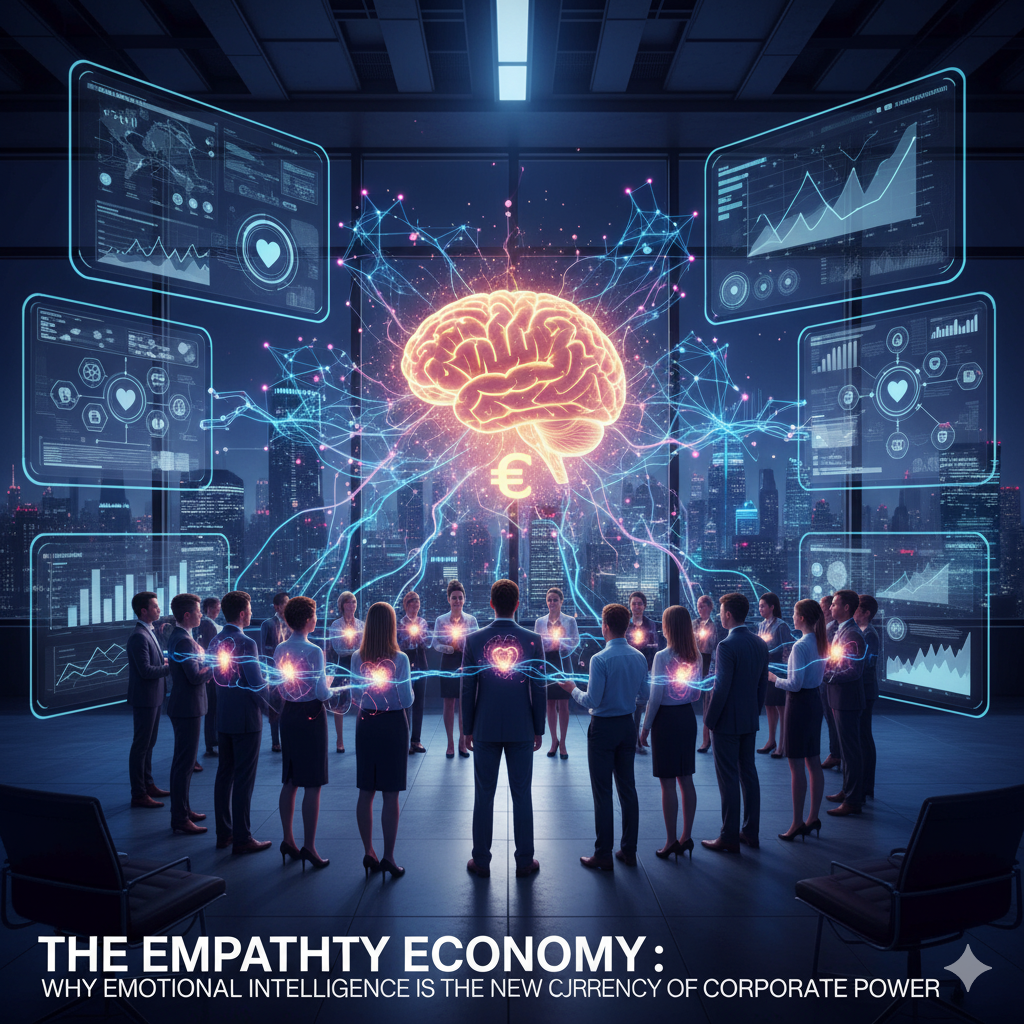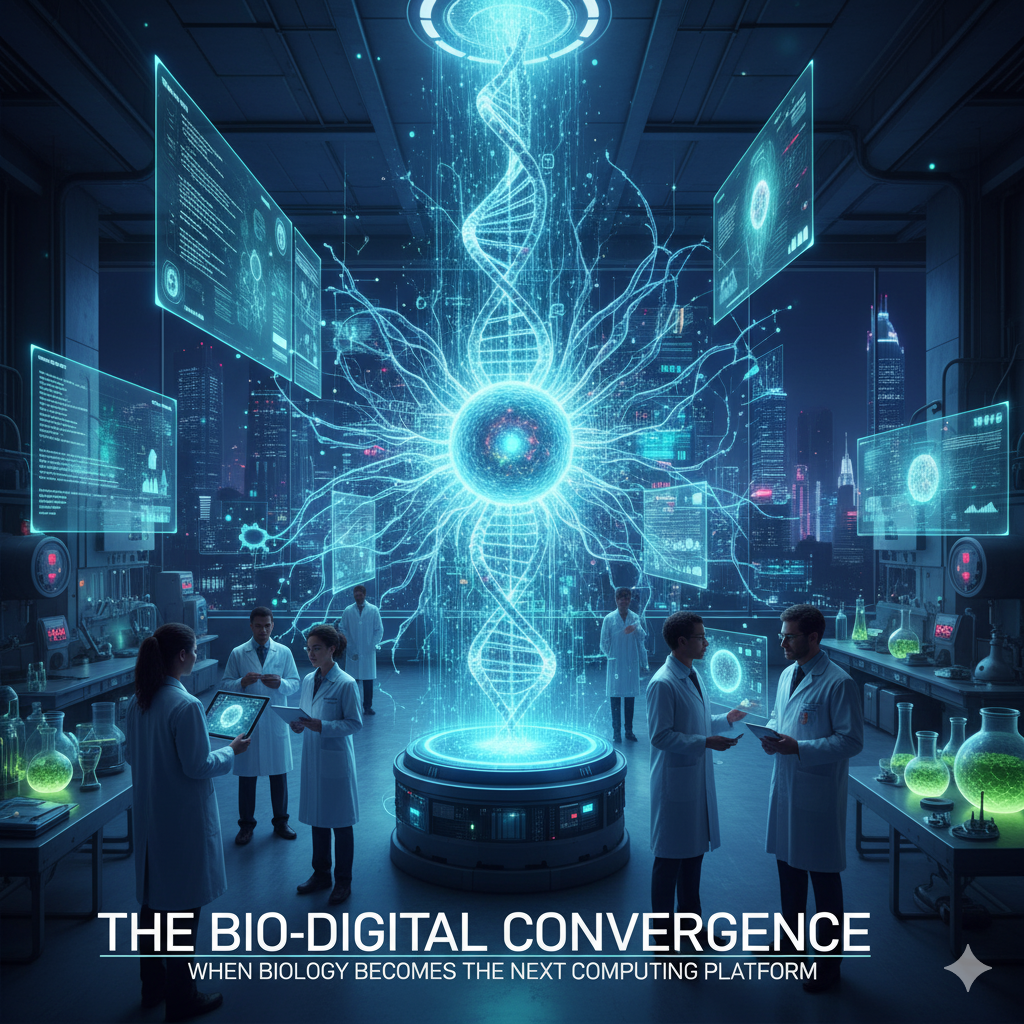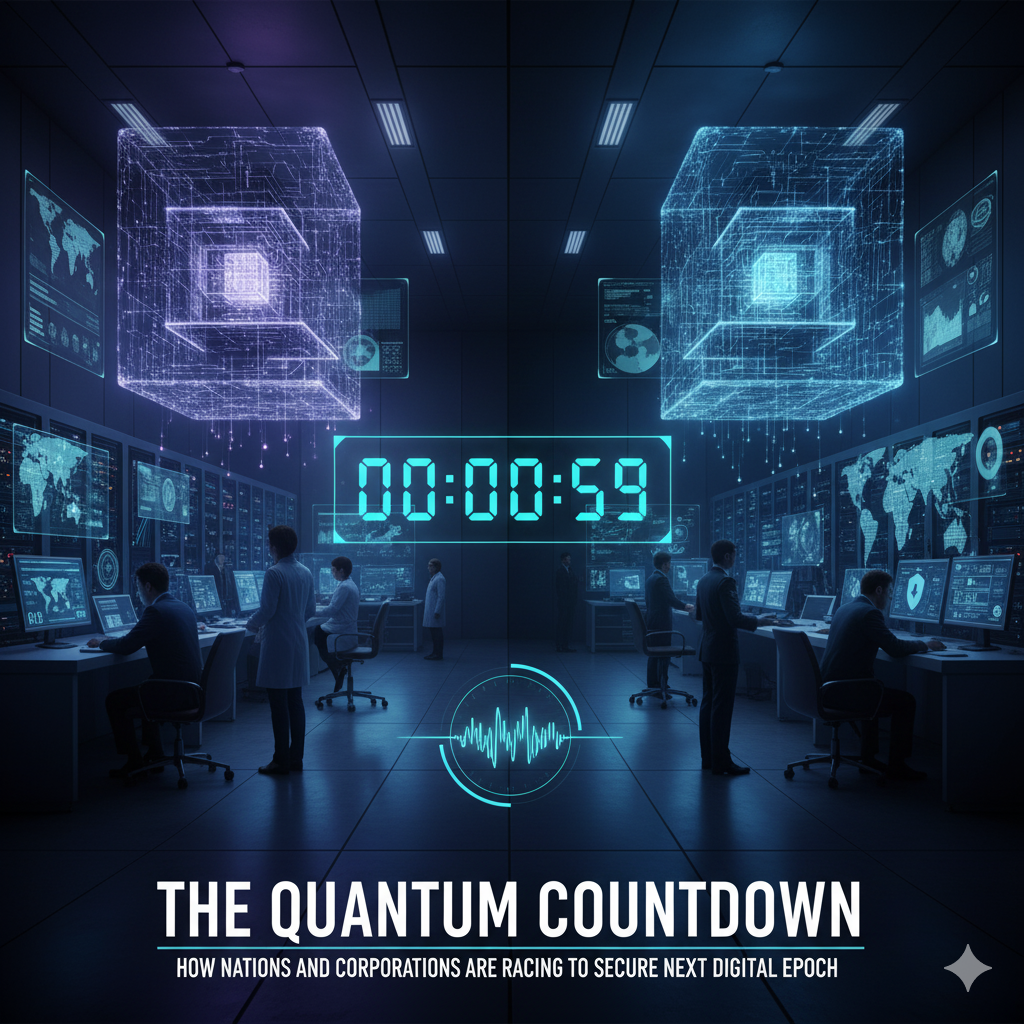Walk through the headquarters of the world’s most valuable companies—Meta, Google, Pfizer—and what do you actually see? Some desks, computers, and coffee machines. The real sources of their trillion-dollar valuations are invisible. They are the algorithms, patents, brand loyalty, and proprietary data that exist nowhere as a physical object. This is the rise of the Intangible Economy, a seismic shift where over 90% of the S&P 500’s market value now resides in assets you cannot touch. For investors, leaders, and policymakers, this creates a fundamental problem: our entire financial and accounting system was built for a world of factories and inventory, not for one of software and brand value. We are flying blind in the most important sector of the economy, navigating by a map that shows only the mountains while ignoring the air we breathe.
The Four Pillars of the Intangible Revolution
Intangible assets are not new, but their scale and dominance are. They can be categorized into four key pillars that form the bedrock of modern corporate power.
Digital Capital: This is the software, algorithms, and proprietary platforms that form a company’s digital nervous system. Amazon’s recommendation engine, Netflix’s content algorithm, and Salesforce’s CRM platform are not just tools; they are primary assets that create immense competitive moats and scale with zero marginal cost.
Intellectual Property (IP): This includes patents, copyrights, and trademarks. For a company like Pfizer, the patent on a blockbuster drug like Paxlovid is worth more than all its physical laboratories combined. For Disney, the copyrights to its iconic characters and stories form an inexhaustible reservoir of value.
Human and Organizational Capital: This encompasses the knowledge, skills, and collaborative processes of a workforce. It’s the unique agile methodology at Spotify, the design thinking culture at Apple, and the collective expertise of researchers at Moderna. This is the most fragile yet valuable of all intangibles—it walks out the door every night.
Brand and Relationship Capital: The trust and loyalty embedded in a brand name like Coca-Cola or Nike represents a colossal asset. This also includes network effects—the value of a platform like LinkedIn or Uber increases with each additional user, creating a winner-take-most dynamic that is almost impossible for competitors to breach.
The Accounting Abyss: When GAAP Becomes Irrelevant
The fundamental problem with the intangible revolution is that our accounting system is structurally unequipped to handle it. Generally Accepted Accounting Principles (GAAP) were designed for the industrial age, creating a dangerous disconnect between a company’s book value and its market value.
The R&D Paradox: Under current rules, money spent on research and development—the very activity that creates the most valuable intangible assets—must be expensed on the income statement, immediately reducing reported profits. This creates a perverse incentive for public companies to underinvest in the innovation that secures their future, lest they punish their quarterly earnings.
The Balance Sheet Void: When a company develops a world-changing algorithm internally, it appears nowhere on its balance sheet. Yet if it acquires a smaller company that owns a similar algorithm, the purchase price is recorded as an asset (goodwill). This creates a bizarre reality where acquired innovation is valued, but homegrown innovation is treated as an expense.
The Misleading Metrics: Traditional valuation metrics like Price-to-Book (P/B) ratio have become almost meaningless. A company like Amazon trades at a P/B ratio of over 8, while a traditional industrial company might trade at 1.5. This doesn’t mean Amazon is overvalued; it means the book value metric has been rendered obsolete by the nature of its assets.
The Investment Conundrum: Valuing the Invisible
This accounting failure creates a minefield for investors. How do you value what you can’t see and what the company isn’t allowed to count?
The Rise of New KPIs: Sophisticated investors have moved beyond earnings per share to focus on proprietary metrics that proxy for intangible value. For a software company, this might be Customer Lifetime Value (LTV), Monthly Recurring Revenue (MRR), or net dollar retention. For a social media platform, it’s daily active users and average revenue per user (ARPU).
The “Knowledge Intensity” Premium: Investors are learning to assess the “knowledge intensity” of a business. They look at the percentage of employees in R&D roles, the rate of patent filings, and the investment in employee training as indicators of intangible asset creation. A company that can demonstrate it is a “learning organization” commands a market premium.
The Scourge of Intangible-Intensive Frauds: The opacity of intangible assets also creates fertile ground for fraud. The Theranos scandal was a catastrophic example of intangible value based on false promises. Without physical products generating revenue, the company built a $9 billion valuation on patents and trade secrets that were pure fiction. The difficulty of verifying intangible claims makes due diligence more critical than ever.
The Strategic Imperative: Managing What You Can’t Measure
For corporate leaders, the intangible economy demands a completely new management playbook. You cannot manage what you don’t measure, and you cannot measure what your accounting system ignores.
Cultivate, Don’t Just Cut: The primary management instinct in the industrial age was cost-cutting. In the intangible age, it is cultivation. This means investing in employee skill development (building human capital), fostering a culture of innovation (building organizational capital), and protecting brand reputation at all costs.
Embrace “Open” Innovation with Guardrails: The most valuable intangibles often emerge from ecosystems, not just internal R&D. Companies like Tesla open-sourcing its patents strategically strengthened the entire electric vehicle ecosystem, which in turn boosted the value of its own platform. The key is to share in ways that build network effects without giving away the crown jewels.
Treat Data as a Strategic Asset, Not a Byproduct: Most companies sit on mountains of data but treat it as a waste product of operations. Leading companies treat data as a primary asset to be curated, protected, and leveraged. They have a Chief Data Officer who manages data with the same rigor a CFO manages cash.
Communicate Intangible Value to Investors: Since GAAP won’t do it for you, companies must proactively tell their intangible story. This means hosting “Analyst Days” focused on innovation pipelines, disclosing non-GAAP metrics that reflect their key intangible drivers, and providing transparency into R&D productivity.
Case Study: Microsoft’s Intangible Renaissance
Microsoft’s dramatic resurgence under CEO Satya Nadella is a masterclass in managing intangible assets. Nadella shifted the company’s focus from selling software licenses (a tangible product) to building a cloud and services platform (an intangible ecosystem). He invested heavily in:
Cultural Capital: Transforming the company from a know-it-all to a learn-it-all culture.
Strategic Acquisitions: Buying LinkedIn for its professional network and GitHub for its developer community—both massive intangible assets.
Open Source Engagement: Embracing open-source software, which built immense goodwill and trust within the developer community.
This intangible-focused strategy took Microsoft’s market value from around $300 billion to over $2 trillion, demonstrating that the conscious cultivation of invisible assets is the most powerful value-creation strategy in the modern economy.
Strategic Outlook: The Future of Value Accounting
The pressure to fix the intangible accounting problem is building. We are likely to see:
The Rise of Intangible Accounting Standards: Bodies like the International Accounting Standards Board (IASB) are exploring ways to recognize certain internally generated intangibles on the balance sheet. This will be a complex but necessary revolution.
Blockchain and Asset Tokenization: Blockchain technology could allow for the precise tracking and valuation of intangible assets like IP and digital creations, creating a verifiable ledger of their ownership and transfer.
AI-Powered Valuation Models: Artificial intelligence will be used to analyze the thousands of data points that contribute to intangible value—from patent citations to brand sentiment—to generate more accurate real-time valuations.
Conclusion: The New Literacy of Value
The transition to an intangible economy is as profound as the shift from agriculture to industry. The rules have changed. A company’s most valuable resources are no longer on its balance sheet, and its most important investments are treated as expenses.
The implications are staggering. It means that investment in knowledge now yields higher returns than investment in machinery. It means that a company’s culture is not a soft HR issue, but a hard financial asset. And it means that the ability to attract and inspire talented people is the ultimate competitive advantage.
For leaders and investors, developing Intangible Literacy—the ability to see, measure, and cultivate the invisible sources of value—is no longer a niche skill. It is the core competency of 21st-century business. The corporations that master this new reality will build fortunes on a foundation of ideas. Those that don’t will wonder why their beautiful factories are producing diminishing returns in a world that has moved on.

